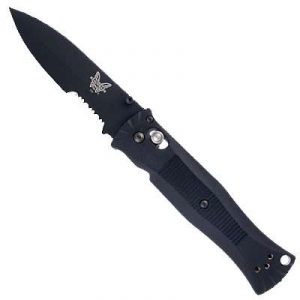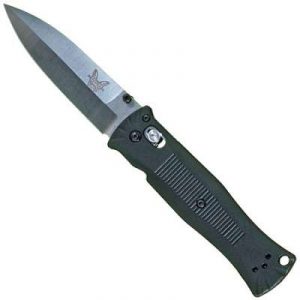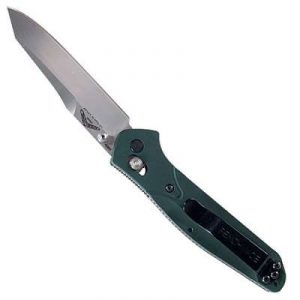It’s safe to say that not all knives are built the same. There are differences in blades and handles, which can determine what a specific knife is actually designed to do. Various lengths and thicknesses, as well as blade shapes, are created for distinct purposes. Working Person’s Store has a great selection for you to choose from once you know which one you need.
A normal blade, also called a simple or straightback blade, has a curved edge that meets to form the tip of the knife. This style is good for ambidextrous use while cutting smaller areas. If you want to hone your tinier, detailed cuts, this blade type is for you.

Spear-point blades are symmetrical on either side, and they meet at the center axis where the “spine” of the blade can be seen. These spear-points are also known as daggers, since they can be considered thrusting weapons. Since this is mainly used in a tactical format, it’s generally not for everyday use.

One last design example (and there are several others – learn more here) is a tanto style. It’s sometimes referred to as the chisel point blade, which is based on its appearance. This is a simple yet strong type of knife, and it has become a popular kind for everyday carry (as well as tactical folder styles).

Carbon fiber, fiberglass, nylon, and plastics are utilized to make knife blade handles. Some are lightweight, while others are even designed to be chemical- and flame-resistant.
There are five main blade properties to consider when you’re deciding which knife to get:
Hardness has to do with how much stress the steel can tolerate. You can also think about this in terms of strength. In knives, hardness is usually measured using the Rockwell C scale.
Toughness may sound similar to hardness, but this involves the blade’s ability to resists cracks and chips. This also indicates how well it can flex without breaking. The harder the steel, the less tough it’ll be.
Wear resistance refers to how well it can withstand abrasive wear and adhesive wear. Abrasions occur when a softer surface comes into contact with a rougher surface. Adhesive wear happens when debris is dislodged from one object and attaches to another. Steel with larger carbides (microscopic particles) can usually resist wear better, as wear resistance often correlates with hardness.
Corrosion resistance has a category all to itself. Rust caused by external moisture, humidity, and salt can ruin a knife. However, if you have a blade that’s highly corrosion-resistant, it probably won’t have as great of edge performance.
Edge retention involves sharpness and how long the blade stays sharp after a certain amount of use. This can be interpreted as an edge that resists any kind of deformation, as well as edge wear resistance.
Since you can’t really get maximum performance with all of these properties at once, it’s better to know what exactly you need a knife for, then decide from there. There are three common types of steel used:
Tool steel – this is typically used in cutting tools
Carbon steel – you can find this in survival knives and machetes, as its toughness and durability serve best for rough use; blades made with carbon steel are easier to re-sharpen, although the trade-off is that this is more prone to corrosion (due to its low chromium content)
Stainless steel – this is basically steel with added chromium; this means it resists corrosion to give it an increased performance level; on the flip-side, you sacrifice a certain level of toughness with stainless steel
Different types of steel (with the above property variations) then fall into one the following general performance categories: Low End, Lower Mid-Range, Upper Mid-Range, High End, Premium, and Ultra Premium. This isn’t an exact science, but it helps organize blades to then assist a user in choosing the correct one.
As you can tell, knives can be complex. There are plenty of numbers to look at (Rockwell Hardness Levels, Steel Types, etc.), and sometimes it can become overwhelming. Just remember the basic properties, and you’ll be able to make the best decision for all of your knife needs.



